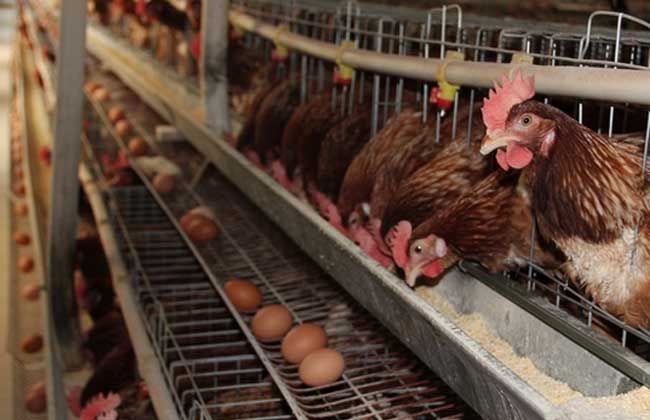
1) The secret of saving chicken feed. The yolk and white of an egg are formed during the day, while the shell is formed in the afternoon and night. Feed the laying hens twice a day, feed high-protein, high-energy, and low-calcium feed in the morning, and feed low-protein, low-energy, and high-calcium feed at night. This will not only regulate the laying period but also increase production. The number of eggs can also save the feed.
2) The secret to the best feeding. Chickens have two peaks of feeding in a day. One is 2-3 hours after sunrise, and the feed intake is 1/3 in the morning. At this time, the egg production rate can be greatly improved. It can be seen that feeding the laying hens at 9 a.m. and 3 p.m. has the best feeding effect.
3) The secret to the high yield of chickens. For example, the weight of the chicken population has not increased normally. Even though the current egg production and feed remuneration are high, there is a potential downward trend in egg production. Before egg production declines, the weight problem can be corrected by increasing consumption. If the consumption of feed is clearly at a high level, it only means that a lot of feed is consumed, or at least the feed is low. If the feed is clearly at a lower level, and the chicken population grows normally and maintains a high level of egg production The amount can be maintained and a lot of money can be made.
4) The secret of egg growth in summer. In summer, chicken feed intake is reduced, egg production decreases or even production stops. To restore normal egg production, in addition to preventing heatstroke and cooling, shearing chickens is also an effective method, that is, cut off the feathers on the breast, legs, and left and right wings of the chicken, and retain the feathers on the neck, back, and tail. The shearing length is based on the principle that the chicken skin is not damaged and the section of the thick hair tube does not flow. Cut less in early summer and more in midsummer.
5) The secret to enhancing the color of eggs. Adding 0.3% red pepper powder, 6% sun-dried and crushed alfalfa leaves or 5% pine needle powder to the diet can darken the color of the egg yolk.


6) The secret of storing the eggs. When storing the breeding eggs, the tip of the eggs should be upwards, so that the yolk can be located in the center of the egg to prevent embryo adhesion and increase the hatching rate of the breeding eggs.
7) The secret to more brooding hens. Breeding eggs are short oval, one is larger and the other is smaller, forming an inverted triangle. The surface is fine, and most of the hatched chickens are hens; the breeding eggs are round with longhorns, the head and the tail are indistinguishable, and the surface is rough. Mostly roosters.
8) The secret of distinguishing male and female chickens. Pull out the wings of the chick. If you see that the feathers of the wings (positive feathers) are one long and one short (that is, the feathers are alternately long and short), it is a hen. If you see that all the feathers are basically the same length, it is a rooster. The rate is above 90%.
9) The secret of preventing chicken disease. When the chicks are 10-14 days old, use fowl plague IN vaccines for intranasal drops, and at the same time use fowl plague inactivated vaccines (available at various veterinary stations) 0.3 ml intramuscular injection. The 70-day-old vaccine was injected intramuscularly with the chicken plague I strain, and the 120-day-old chicken plague I vaccine was injected again, and 1 ml of the chicken plague inactivated vaccine was injected intramuscularly once, and the protection rate could reach 100%.


